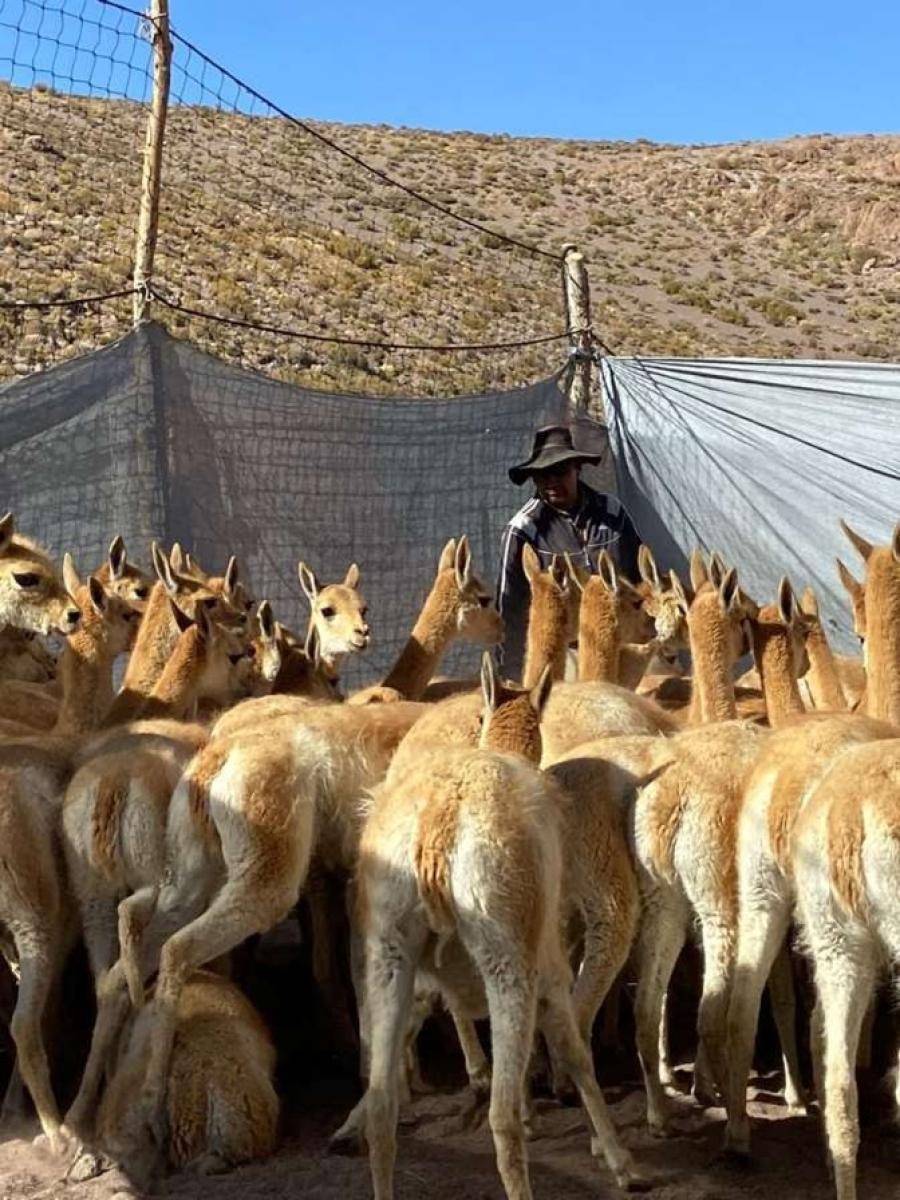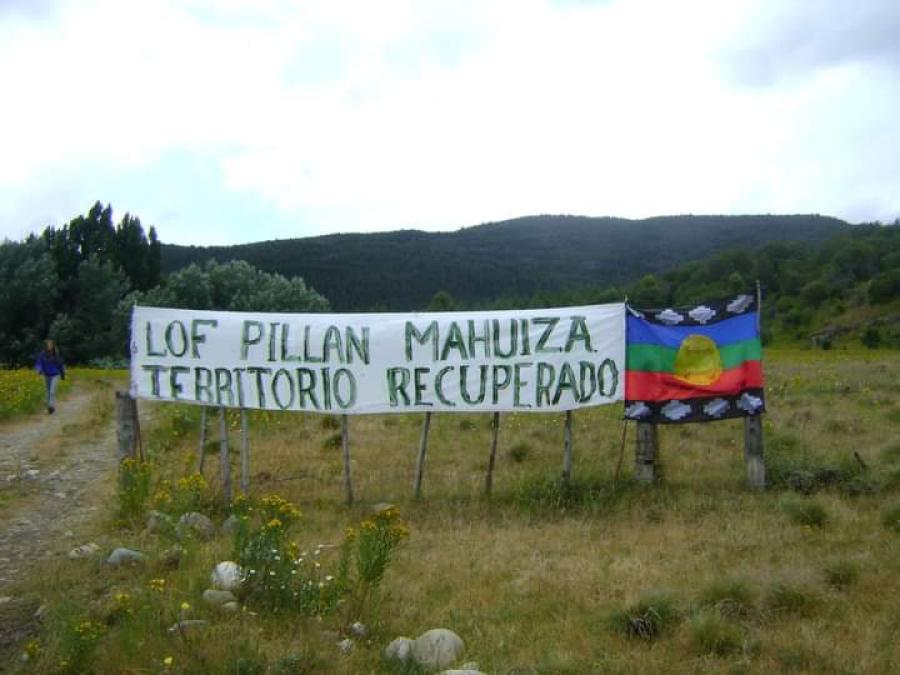All over the world we are witnessing a resurgence of Native culture, Native claims and Native pride.
The expansion of European powers, first Spain and Portugal, later France and England, and subsequently the consolidation of power in many states raised key questions: By what right do colonizers take the land and subjugate indigenous peoples?
We are struggling still with the implications of that question, though it does not arise in precisely the same terms as it did at the threshold of European occupation for the Native domain. Now we ask ourselves: What measures can be used to establish a fair and equitable relationship between dominant societies and indigenous peoples?
Most Native peoples have no wish to assimilate, and refuse to become proletarianized. Their fierce desire to retain their culture intensifies as industry, technology and communications forge a more deeply pervasive mass culture that excludes diversity. Native peoples the world over fear that, without political autonomy and land rights, they will be overwhelmed, faced with a future that has no place for the values that they cherish. Native peoples everywhere insist that their culture is the most vital force in their lives; their identity as Natives is the one fixed point in a changing world.
When Native people talk about preserving their culture, some people become impatient. What, after all, is culture? Let me suggest that culture is knowing our own people, our language, our customs, our traditions. Culture is comprehensive summary of standards, values, patterns of behavior, common attitudes, ways of life.
Culture, however, must have a material basis. This gives compelling urgency to the movement for self-determination and self-sufficiency among the world's indigenous peoples. In September 1984, when Pope John Paul II addressed Canada's Native peoples, he told them, "Native people are entitled to take their rightful place among the peoples of the earth." His message carried to indigenous peoples everywhere:
You are entitled to a just and equitable measure of self-determination, with a just and equitable degree of self-governing. For you a land base with adequate resources is also necessary for developing a viable economy.
Home Rule in Greenland, the Kativik regional government in northern Quebec, the idea of Nunavut, the uses that Native people have made of home rule boroughs in Alaska, and now the emergence of the tribal movement in Alaska - all these are manifestations in the Arctic and sub-Arctic of what is taking place in many other countries.
With the independence of so many Third World nations, the condition and the claims of indigenous peoples who are locked into nations they can never hope to rule must now be considered. They constitute a Fourth World, and it extends from Alaska to Tierra del Fuego, it encompasses the Ainu of Japan, the Aborigines of Australia, the Maori of New Zealand, the Sami of Scandinavia, and the tribal peoples of the Soviet Union, China, India, Southeast Asia and Africa. Indigenous peoples are rarely engaged in a struggle to separate from a central state; for the most part they want to retain control over their lives and land.
The struggles of indigenous peoples do not fit into convenient ideological or political categories. This has made possible the attempt by the Inuit Circumpolar Conference to transcend the Cold War, by inviting Native delegates from the Soviet Union to their triennial assemblies. This makes sense, for not only are they the same people, but also they face many of the same problems. In the Soviet Union, as far back as the 1920s, the regime decided that the tribal councils of the indigenous peoples of Siberia were inimical to the Communist Party's goals of industrialization and assimilation. Native hunting and fishing rights were curtailed. National Areas were established, and the indigenous peoples brought within them. In these National Areas which serve as regional governments executing central policy, non-Natives predominate. For instance, the Chukchis and the Eskimos, with a combined population of 12,000 in the Chukotsk National Area, are outnumbered by 70,000 Russians who have moved into the region and control the Communist Party and govern the area.
In Nicaragua, the Miskito Indians, together with the Sumo and Rama Indians, are trying to establish regional sovereignty within the state. The Sandinista regime has described them as an ethnic minority, but the Miskitos insist they are an indigenous people. Still the Sandinistas have refused to acknowledge the rights of the Miskitos. What is it the Miskitos want? It is what Alaska Natives want. They seek recognition by the Sandinistas of their claim to Native sovereignty. It is ironic that the United States backs a war in another country in part intended to uphold the rights of the Miskitos, but is not prepared to defend the rights of Alaska Natives.
President Woodrow Wilson espoused the idea of self-determination of peoples in the peace treaties that followed World War I and in the League of Nations. The Charter of the United Nations, which has the force of a treaty, affirms the idea of self-determination of peoples. In 1966, the General Assembly of the United Nations approved the International Covenant on Civil and Political Rights (which Canada ratified in 1976). The covenant asserts the right of peoples to self-determination. The principle is reaffirmed in the Helsinki Accords of 1975, to which the United States subscribes. It is the principle on which decolonization of the nations of the Third World has proceeded.
Since 1982, a United Nations Working Group on Indigenous Populations has met once a year in Geneva to formulate standards for the treatment of indigenous populations. In April 1985, Madam Erica Daes, chairperson of this working group, speaking in Quebec City, said that the principle of the self-determination of peoples applied also to indigenous populations, although it did not include the rights of secession.
Article 2 of the United Nations International Covenant on Civil and Political Rights also reaches the special situation of Native or indigenous peoples; specifically, it says that no people shall be deprived of their subsistence. Furthermore, Section 27 upholds the right of a minority "to enjoy their own culture." It reads:
In those states in which ethnic, religious or linguistic minorities exist, persons belonging to such minorities shall not be denied the right, in community with the other members of their group, to enjoy their won culture, to profess and practice their own religion, or to use their own language.
Nations have an obligation to protect traditional forms of economic activity on which the cultural integrity of indigenous peoples depend. It is arguable that the principles reflected in the 1966 Covenant have entered the body of customary international law, and are binding even on those nations such as the United Sates, that have not yet signed the Covenant. Whether or not they have, the Covenant is ample demonstration that indigenous peoples, in their search for self-determination, occupy the moral high ground.
Many states, in fact, are fleshing out commitments to protect Native lands and to increase Native autonomy. The new Canadian Constitution, adopted in 1982, has entrenched the existing aboriginal and treaty rights of Canada's indigenous peoples, and a series of First Ministers' Conferences, which Native leaders have attended, have focused on Native self-government. The Norwegian Sami Rights Committee, in its 1984 report, has recommended that a Sami Parliament, similar to the Sami Parliament in Finland, be established in Norway. The Sami Rights Committee also recommends that Sami committees be set up to serve in an advisory capacity in municipalities and countries that have a Sami population.
There are stirrings in place where these issues were thought to be dormant. A report in 1983 dismissing Native Hawaiian land rights, far from quelling the land claims movement in that state, has fueled it. A government commission is now at work in northern Japan to consider the rights of Ainu. The coincidence of these several developments is striking; they will serve as a foundation for the continued development of international law on indigenous peoples.
Native peoples are making many proposals, and some of them are far reaching. They encompass renewable and non-renewable resources, education, health, social services, and public order and they extend to the shape and structure of political institutions. Proposals of this kind are no threat to established institutions. The US and other nations should regard them as opportunities to affirm our commitment to the human rights of indigenous peoples.
Many persons are inclined to dismiss Native claims of every kind as so many attempts to secure present advantages by the revival of ancient wrongs. Why should anyone today feel guilty because of events that occurred long ago? Arguments of this kind are beside the point. The question is not one of guilt, present or past. The question is one of continuing injustice that is within the power of remedy.
If we wish to live in a world based on the rule of law, we must acknowledge that the claims of Native peoples are not ancient, half-forgotten, and specious. They are, in fact, current and contemporary. Arguments for the rule of law in international relations can never be soundly based until the powers that have dispossessed and displaced indigenous peoples accept the precepts of international law - precepts that now require a fair accommodation with indigenous peoples.
If governments continue in their efforts to force Native societies into molds that they have cast, I believe they will continue to fail. No tidy bureaucratic plan of action for Native people can have any chance of success unless it takes into account the determination of Native peoples to remain themselves. Their determination to retain their own cultures and their own lands does not mean that they wish to return to the past; rather, it means that they refuse to let their future be dictated by others.
Article copyright Cultural Survival, Inc.



